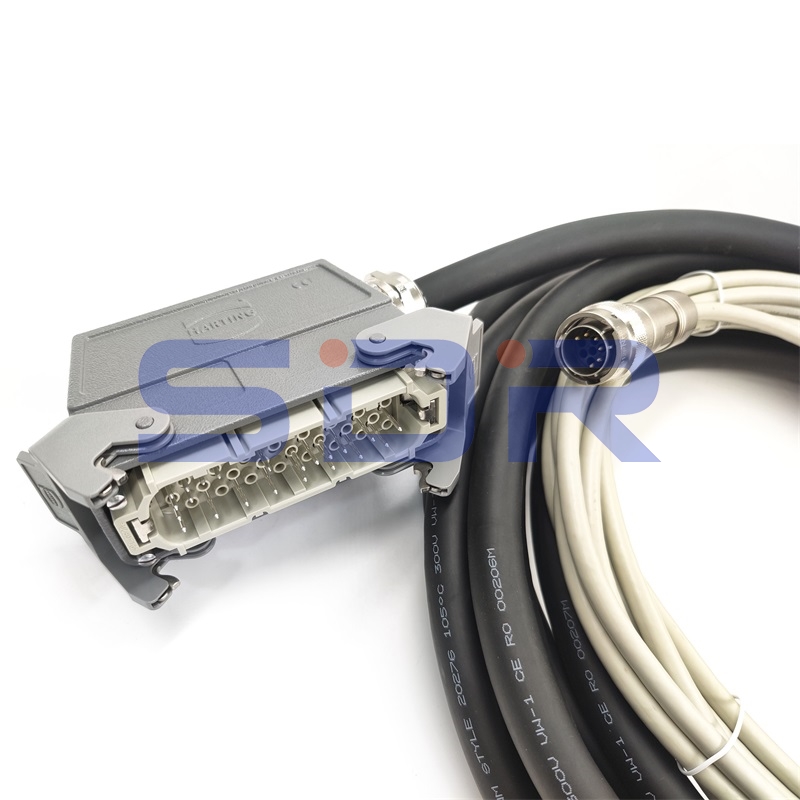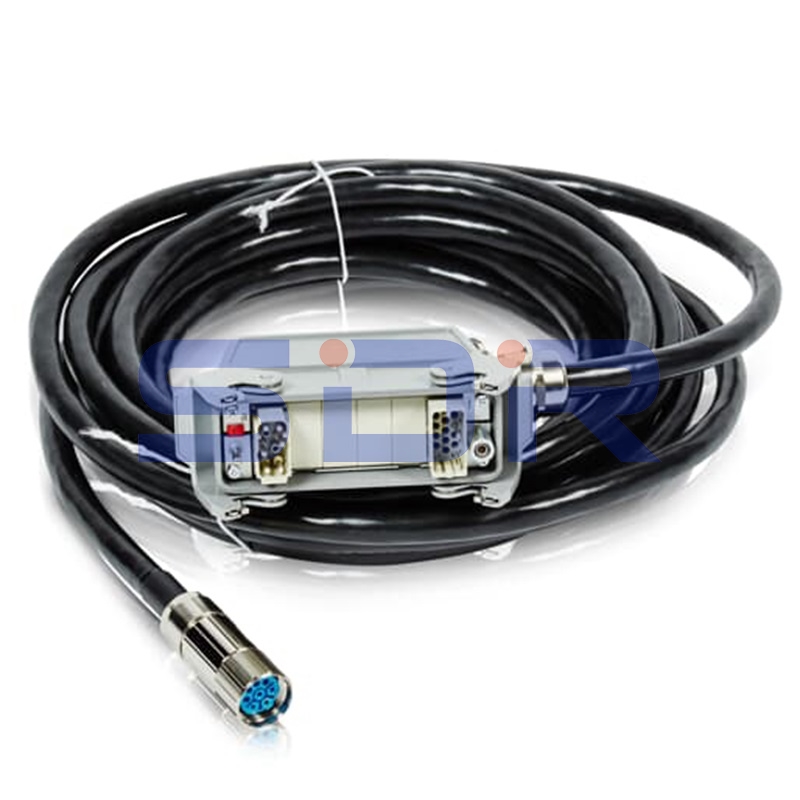When it comes to industrial robots, ABB is a household name. The company has been in the business for over a century, and it has established itself as a leader in robotics and automation. ABB robots are known for their precision, reliability, and versatility, and they have been deployed in various industries, including automotive, food and beverage, and healthcare.One critical component of ABB robots is the Robot External Axis Cable. In this article, we'll take a closer look at what the external Axis Cable is, how it works, and why it's essential.

What is an ABB Robot External Axis Cable?
An external axis cable is a cable that connects the robot arm to an external device, such as a tool or fixture. ABB external axis cables are designed to withstand the harsh conditions of industrial environments, including exposure to chemicals, heat, and vibrations. These cables are available in different lengths, allowing for flexibility in robot deployment.
How Does the ABB Robot External Axis Cable Work?
The ABB robot arm is a multi-axis robot that can move in multiple directions. However, in some applications, the robot arm may need to move in a direction that is not possible with its built-in axes. In such cases, an external device, such as a rotary table, can be used to provide an additional axis of movement.
The external axis cable connects the robot arm to the external device, allowing the robot to control its movement. The cable carries signals between the robot controller and the external device, ensuring that the robot arm moves in the desired direction.

The external axis cable is designed to be flexible, allowing the robot arm to move freely while maintaining a secure connection to the external device. The Robot Cables is also designed to be durable, with high-quality insulation that protects it from damage due to exposure to harsh industrial environments.